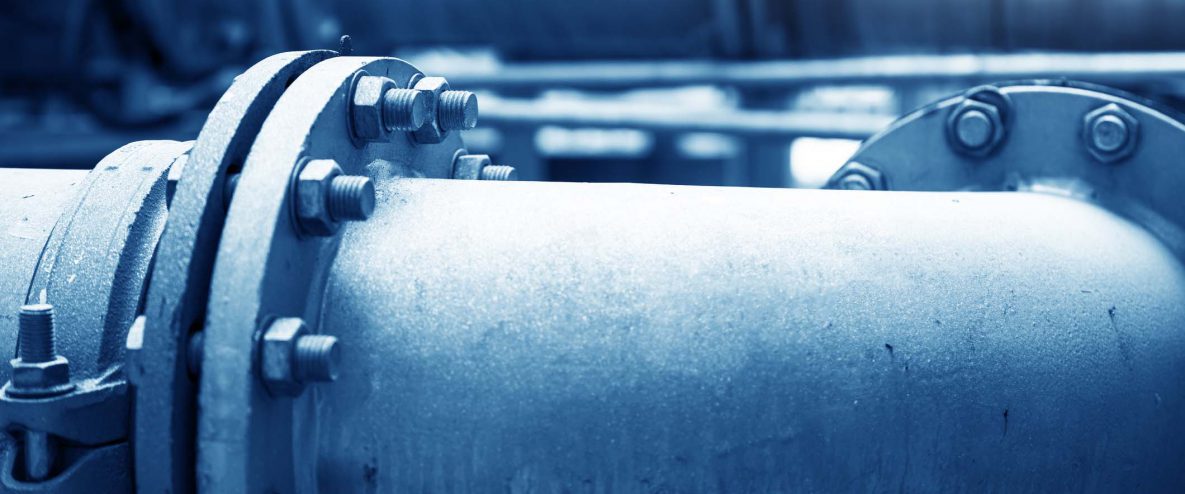Wastewater Surveillance: Progress in the United States
Wastewater surveillance is an efficient and robust tool to track community spread of COVID-19 and other diseases.

CDC developed the National Wastewater Surveillance System (NWSS) to coordinate and support the nation’s capacity to monitor for the presence of the virus that causes COVID-19 in wastewater.
Pieces of the virus enter wastewater through the stool of infected people. Testing and tracking trends in wastewater complements other surveillance systems for COVID-19 and can show if virus levels are increasing or decreasing in a community. This information can be a critical early warning for authorities of new outbreaks and inform local decision-making, such as where to have mobile testing and vaccination sites.

Captures information on all types of COVID-19 infections
Anyone with COVID-19 can shed the virus in their stool even if they don’t have symptoms.

Early detection of increasing cases
Wastewater surveillance provides community-level data quickly and efficiently. Wastewater data can show changes in disease trends 4 to 6 days before those changes in trends are seen in clinical cases, and a single wastewater sample captures the infection status of populations with thousands to millions of individuals.

Independent of medical systems
Wastewater surveillance does not depend on people having access to healthcare, people seeking healthcare when sick, or availability of COVID-19 testing.

Widely applicable
Wastewater surveillance can be implemented in many communities since nearly 80 percent of U.S. households are served by municipal wastewater collection systems.

Variant detection
Wastewater surveillance can provide an early warning that COVID-19 variants of concern may be spreading in communities.

Potential to track other emerging health threats
CDC is working to better understand how wastewater surveillance can also be used to detect and respond to other infectious disease threats like antibiotic resistance and foodborne diseases.
CDC’s NWSS is coordinating community-led surveillance efforts to form a robust, sustainable national system. Through NWSS, health departments and public health laboratories develop their capacity to coordinate wastewater surveillance, including epidemiology, data analytics, and laboratory support.
CDC’s COVID-19 State, Tribal, Local, and Territorial Funding webpage shows the jurisdictions funded by CDC to support wastewater surveillance. Under “Award Name,” select “ELC National Wastewater Surveillance System (NWSS)” and “ELC National Wastewater Surveillance System (NWSS) Centers of Excellence” to see the states funded by CDC to support wastewater surveillance.
Data reported to CDC is based on wastewater treatment plant service area and may not include all areas of a county. See wastewater surveillance data on CDC’s COVID Data Tracker.
The program has made great strides since it started in September 2020:
Expanded testing
As of October 2022,
- More than 1,250 testing sites in the United States have begun wastewater surveillance efforts, including those in jurisdiction-led programs and those participating through a commercial contract managed by CDC.
- Over 90,000 samples have been collected from municipal wastewater systems serving about 2 in 5 people in the United States (more than 133 million people).
- Community wastewater data are publicly available on COVID Data Tracker and updated daily.
Increased capacity
- Since 2020, CDC has awarded more than $100 million to support wastewater surveillance and related activities in 46 states, 5 cities, and 2 territories.
- In August 2022, CDC awarded $64 million to support wastewater surveillance and related activities in 42 states and 5 cities. As part of this work, CDC funded two Centers of Excellence, in Houston and Colorado, that serve as leaders in wastewater surveillance implementation and coordination.
- Jurisdictions participating in NWSS can access and visualize their data in real time via a secure, online platform.
- Health departments, laboratories, and wastewater utilities participate in national communities of practice to share successes, help shape best practices, and learn from other implementing partners.
- CDC experts provide ongoing technical guidance and data analysis to participating jurisdictions.
Looking forward
- CDC funding for wastewater surveillance is available to eligible jurisdictions through the annual Epidemiology and Laboratory Capacity funding opportunity.
- CDC is learning more about how NWSS can track other disease threats in partnership with health departments.